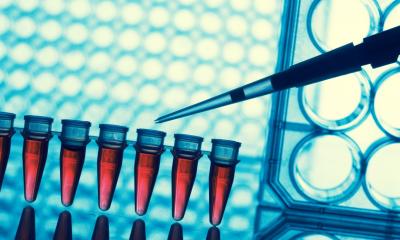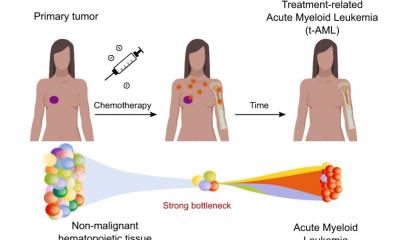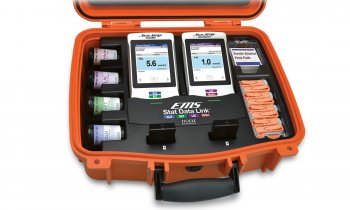Article • Disease analysis
No shortage of biobank donors
By definition, biobanks are collections of specimens of human bodily substances, such as tissue, cells, DNA, proteins, blood or other fluids, with data on the donor attached.
Report: Michael Krassnitzer
They are well suited for large-scale population studies, for example to understand certain diseases better and to improve prevention, early detection and treatment. ‘Biobanks should also include radiology image data,’ says Professor Ritva Vanninen, at the Department of Clinic Radiology in Kuopio University Hospital, University of Eastern Finland.
After all, these images contain quantifiable parameters with prognostic or diagnostic value. ‘High quality image data and their reading by radiologists can be an important contribution to bio-medical research,’ Vanninen emphasises, adding: ‘vice versa, imaging biomarkers are validated by their use in research.’
Biobanks do not lack numbers

As of 2014, the member states of the European Society of Radiology (ESR) have been operating 27 biobanks with imaging content. The British UK Biobank, with 500,000 donors, and the German NAKO Health Study collection, with 200,000 donors, are among the largest of these biobanks. Smaller ones were established inter alia in the context of the Dutch Rotterdam Study (approx. 15,000 donors) or the German SHIP study (approximately 8,700 donors). Upon request, both UK Biobank as well as NAKO make their data available for research purposes; these data are thus the foundation of many a research project. Modern digital methods to gain data, radiomics and machine learning, the buzzwords here, may at some point in the future contribute to the analysis of biobank content.
However, biobanks are not only a source of knowledge; they also raise a number of ethical issues: when collecting data that originally are meant to clarify the relationships between risk factors and diseases and the course of diseases, quite frequently incidental findings show up. How to deal with such data? Professor Sabine Weckbach, Consultant at the Clinic of Diagnostic and Interventional Radiology at University Hospital Heidelberg, offered the answer last March, during a session at the 29th European Congress of Radiology (ECR 2017), in Vienna, Austria. Weckbach is among the radiologists who analyse MR images acquired for NAKO. The so-called incidental findings, however, are neither incidental nor unexpected.
Invariably unplanned findings
Examinations with a 3-Tesla system, as prescribed for NAKO, will invariably yield unplanned findings. These may relate to acute diseases but also to diagnoses that are clinically irrelevant. ‘This raises a number of ethical issues,’ Weckbach points out. Which findings should be relayed to the donor and which of them should not be mentioned at all? How should these findings be conveyed, since physicians don’t want to scare donors with false positives? Each biobank and each large-scale population study approaches these issues differently. NAKO donors for example are informed in writing; if the incidental findings point at acute conditions they are contacted by telephone. NAKO clearly defined which kinds of diagnoses will be passed on to the donor and which will not.
Demanding more research
Unfortunately, there is not yet a gold standard
Sabine Weckbach
In view of the fact that there are so many different approaches to incidental findings, inevitably Weckbach demands more research: ‘Unfortunately, there is not yet a gold standard for handling incidental findings,’ the radiologist point out. We have to work on drafting harmonised guidance and recommendations for dealing with incidental findings in population-based studies.’
Profile:
Radiologist Sabine Weckbach studied medicine at Ludwig Maximilian University (LMU) in Munich, and today is Professor of Radiology and a consultant at the Clinic of Diagnostic and Interventional Radiology, in Heidelberg University Hospital. She specialises in musculoskeletal imaging, heads the Imaging Core Incidental Findings of Germany’s massive NAKO Health Study, and is a member of the European Society of Radiology (ESR) Leadership Institutes.
27.04.2017











